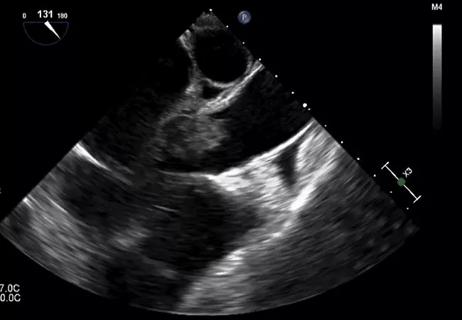Integrative & Lifestyle Medicine expert agrees

Lower back pain is the No. 1 reason for lost days from work and one of the most common complaints people have when they visit their doctors. Treating it, however, isn’t an exact science. For many years physicians have prescribed painkillers as a remedy, which mask symptoms but do not address the root of the injury.
Advertisement
Cleveland Clinic is a non-profit academic medical center. Advertising on our site helps support our mission. We do not endorse non-Cleveland Clinic products or services. Policy
With that in mind, the American College of Physicians recently came out with new guidelines for treating lower back pain based on what published, peer-reviewed studies show to be most effective.
The guidelines stress staying active and starting with non-pharmaceutical therapies such as heat wraps, massage, acupuncture and spinal manipulation. The next steps should be stretching and strengthening exercises, Tai Chi, yoga, and mindfulness techniques like meditation.
Taking a non-drug, mind-body approach to treating chronic pain is something that Josie Znidarsic, DO, family medicine physician at Cleveland Clinic’s Center for Integrative & Lifestyle Medicine, already does.
“Now the guidelines reflect what studies say will actually help the patient,” she says. “We weren’t really seeing much improvement with chronic lower back pain with just using narcotics. We were just covering up the issue.”
Dr. Znidarsic is the lead physician for the Center for Integrative & Lifestyle’s chronic pain shared medical appointments—which teach patients how to make lifestyle changes to lessen their pain and resolve their injuries. Patients learn about methods such as acupuncture, gentle yoga, meditation and mindfulness.
There is no one best treatment for chronic pain, Dr. Znidarsic says, “We can have two people with the exact same injury as seen on an MRI and they’ll respond completely differently to different treatments.”
One thing that is universal, however, is the need for the patient to start moving as soon as possible after an injury—a change from the past when doctors often prescribed bed rest.
Advertisement
It’s also important for patients to recognize the mind-body connection and how addressing one can help with the other. “There’s so much overlap,” Dr. Znidarsic says. “When someone’s been disabled and can’t do the same things, there’s a lot of anger and depression. When people start releasing that and their stress level goes down, the pain often improves.”
The new guidelines state that if patients do not respond to non-pharmacological treatments, then clinicians should first try medications like acetaminophen, muscle relaxants and nonsteroidal anti-inflammatory drugs. This makes sense, Dr. Znidarsic says, because there’s often a skeletal-muscular component to such pain.
Still, she says, those medications aren’t meant to be used long-term. She also says her class teaches patients nutritional methods for lowering their inflammation.
Overall, Dr. Znidarsic says, she’s grateful to have the new recommendations to back up her methods. “Having them means we’ll be able to say to patients: ‘Here’s what we know works. So if we want to get you back to the best health, here’s what we need to be doing.’”
Advertisement
Advertisement

Not if they meet at least one criterion for presumptive evidence of immunity

Essential prescribing tips for patients with sulfonamide allergies

Confounding symptoms and a complex medical history prove diagnostically challenging

An updated review of risk factors, management and treatment considerations

OMT may be right for some with Graves’ eye disease

Perserverance may depend on several specifics, including medication type, insurance coverage and medium-term weight loss

Abstinence from combustibles, dependence on vaping

An historical view of the disease